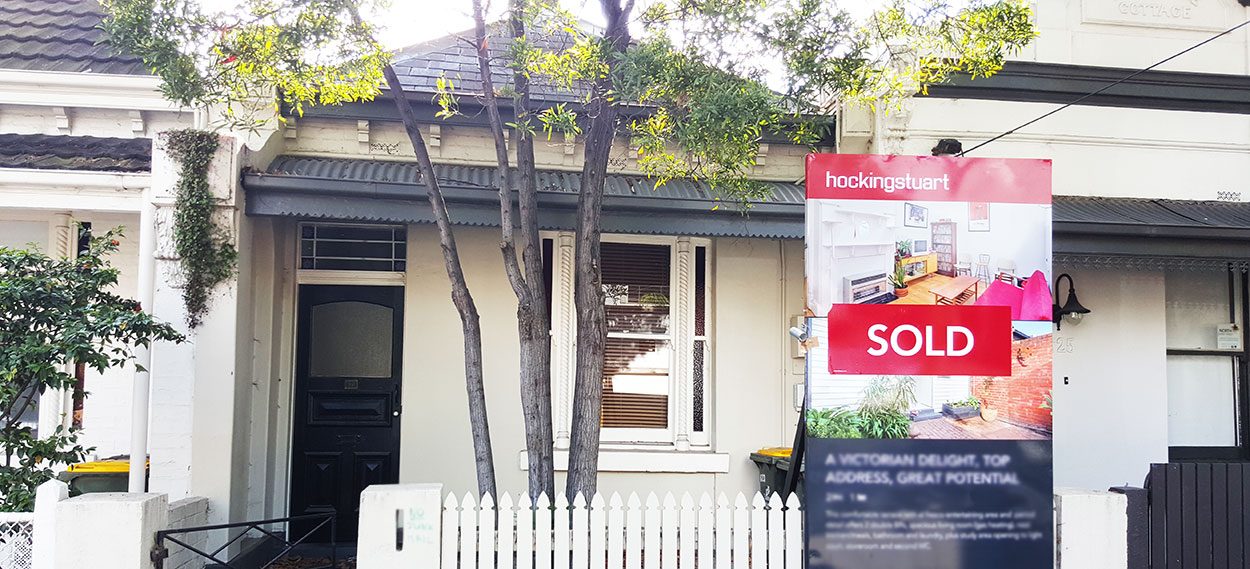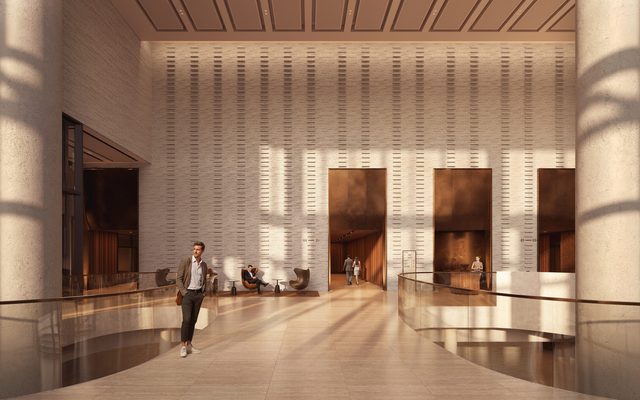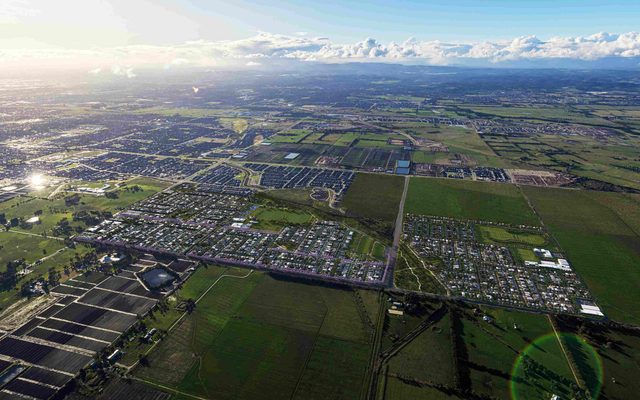This article is from the Australian Property Journal archive
MELBOURNE’S northern fringe suburb of Wallan has topped the nation for consistent residential capital growth, as Victorian suburbs dominated the top 50 locations across Australia, according to a new CoreLogic’s report.
Its July edition of the National Top Performing Suburbs report showed 41 Victorian locations made the cut for the strongest growth over 12 months, three years and five years.
Wallan’s housing market recorded 36.8% median value growth, currently at $533,062, with 55.2% growth in the past three years and 63.1% over five.
That was followed by the list’s sole Tasmanian representative, South Hobart houses, with 35.3% over 12 months to $623,094, for 46.7% growth over three years and 64.1% over five.
Hastings topped all unit markets to come in third overall with 33.6%. Median unit values are at $410,955, reflecting increases of 43.7% over the past three years and 43.0% in the past five.
The housing markets of Cockatoo and Coolaroo were third and fourth with 32.6% and 32.2% growth in the past year respectively.
New South Wales has six suburbs on the list, while there were only two in Queensland.
“These results are in alignment with the performance of the housing market generally being a two-speed market of Victoria and NSW performing more strongly than the rest of the country,” CoreLogic research director, Tim Lawless said.
Queensland’s two suburbs on the were Underwood, at 25th, and Auchenflower, at 50th. Underwood has a median value of $601,345 with 24.4% growth in the past 12 months. Auchenflower grew by 22.9% in that time to $1,096,808.
Median values for houses ranged from $300,461 in Cooma, in NSW, at 47thon the list, to $1,622,991 in Victoria’s Box Hill, ranked 10th. For units, that spanned from $387,189 in Cranbourne at 45thto $1,116,939 in Balwyn North, at 20th.
The range of growth for 12 months was between 36.8% at its top end, to 22.9%, while across five years that widened from 105.9% to 18.7%.
CoreLogic analysed the house and unit markets across 12,000 suburbs. The formula exempted suburbs with fewer than 50 residential sales over the last 12 months, that did not record median value growth across 12 months, three years, five years or 10 years, and a “sanity check’, to ensure the final list did not locations with an over-dependency on mining towns or places with higher risk ratings.
Australian Property Journal




